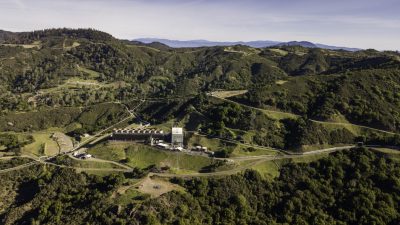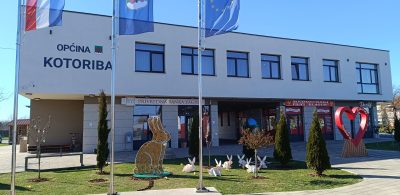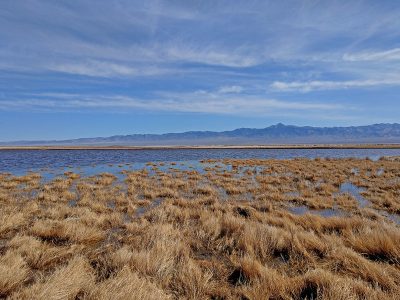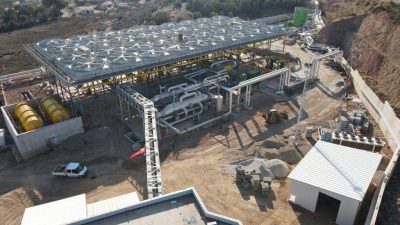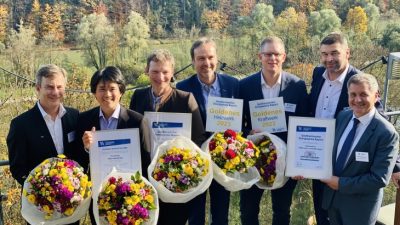Atacama Indians oppose geothermal project at El Tatio, Chile
El Tatio geyser field, a tourist destination in the northern Chilean region of Antofagasta, is at the heart of a controversy over a geothermal energy project being developed four kilometres away. The entire area is claimed by Atacama indigenous communities, who now stand divided.
Reported locally, “El Tatio geyser field, a tourist destination in the northern Chilean region of Antofagasta, is at the heart of a controversy over a geothermal energy project being developed four kilometres away. The entire area is claimed by Atacama indigenous communities, who now stand divided.
“For us, the geysers are the fountain of life,” Julio Ramos, president of the Council of Lickan Antay-Atacameño Peoples, an umbrella group of 25 communities, told this reporter.
El Tatio is the largest geyser field in the southern hemisphere and the third largest in the world, with more than 100 springs erupting at an altitude of more than 4,000 metres in the Andes Mountains.
El Tatio, located in the community of Calama and owned by the Ministry of National Assets, was declared an area of touristic interest in 2002. But because the territory is claimed by the indigenous communities, in 2006, its administration was handed over to two native villages: Toconce and Caspana.
According to Ramos, most of the Atacama Indians are opposed to the deep drilling that the Geotérmica del Norte consortium began in July 2008 in the Zoquete Ravine, four kilometres from the geysers.
In fact, the government’s National Indigenous Development Corporation issued a negative report in the environmental impact assessment process.
However, local leaders from Toconce and Caspana reached an agreement with Geotérmica del Norte, controlled by the National Geothermal Company, a consortium whose ownership is shared: 51 percent by the Italian state company ENEL and 49 percent by the National Petroleum Company of Chile.
Caspana leader Gilberto Anza said in an interview that the project had brought his community a variety of benefits, such as placement of directional signs in the geyser field. The communities opposed to the project “haven’t informed themselves very well,” he said.
Geotérmica del Norte’s 18-month plan entails drilling four boreholes 2,000 to 2,500 metres deep to assess the technical and economic feasibility of electrical production. Part of the extracted liquid is reinjected into the earth.
If the feasibility results prove satisfactory, the company will apply for the necessary permits to build a geothermal energy plant. The decision could be made by the end of the year.”
For the complete coverage on this issue, see article on IPS news, link provided below.
Source: IPS News

